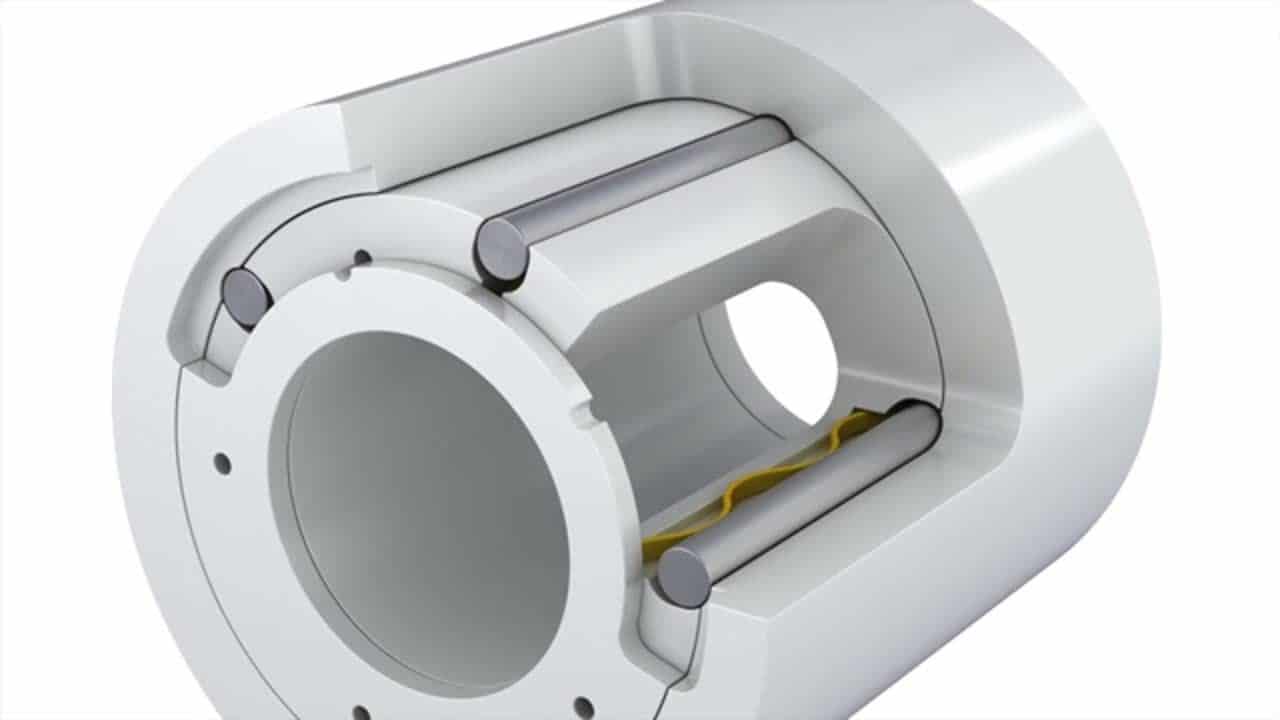Linear wave springs are a unique type of spring formed from a continuous wave-formed wire length produced from spring-tempered materials. The spring functions as a load-bearing device with similar load and deflection characteristics to a wave spring. However, linear wave springs and traditional wave springs differ in design and performance. Linear wave springs exhibit unique behaviour compared to conventional wave springs. Unlike traditional wave springs, linear wave springs do not exert axial pressure when laid flat. Instead, they provide axial load or spring force when compressed or expanded along the axis. Their wave-shaped design allows axial deflection while maintaining a nearly constant spring rate.
Linear springs, in contrast to helical springs that fit within circular cavities, provide a range of spring loads that act in a linear fashion.
Already know that this spring meets your requirements? Speak to us todayApplications of Linear Wave Springs
Applications of linear wave springs reach far and wide. You just need to choose the right linear spring for the correct application.
Detent preload
In specific mechanical systems, such as indexing mechanisms or position-locking devices, linear springs are employed to create detents or notches at specific intervals. These detents allow the rotating element (such as a gear, shaft, or lever) to engage with the pins located within the grooves. The linear springs provide the necessary force or load to keep the pins engaged with the detents, thereby creating resistance and holding the rotating element in position.
The precise amount of load exerted by the linear springs determines the resistance experienced during rotation. The desired level of resistance can be achieved by adjusting the spring properties, such as the spring rate or the number of springs used. This resistance helps provide tactile feedback and ensures that the rotating element remains securely in the desired positions.
Rotary vane pump
In a rotary vane pump, the vanes are responsible for creating a seal against the pump housing or bore as they slide in and out of the rotor slots. Using linear wave springs at the bottom of the vanes helps provide radial force, pressing the vanes against the pump housing or bore. This radial force ensures a tight seal and helps maintain consistent contact between the vanes and the pump housing, enhancing sealing efficiency.
Varieties of Linear Wave Springs
TFC is a leading supplier of linear wave springs in the UK and the larger Europe, offering an extensive range of options based on size and material. With our diverse selection of linear wave springs, you can find the right spring for the right job.
Stock sizes
Our linear wave springs are made of carbon and stainless steel materials. Each material has a unique feature, and the spring carries the same features as the selected materials. Our stock range also features over 200 different sizes of linear wave springs.
We can also customise the production of the linear wave springs to match the customer’s requirements and project tolerances. Customisation of linear wave springs has no tooling costs, and we can make the springs from exotic alloys to suit the needs of the project, its environment and conditions.
Need some help finding what you’re looking for? Get in touch!







